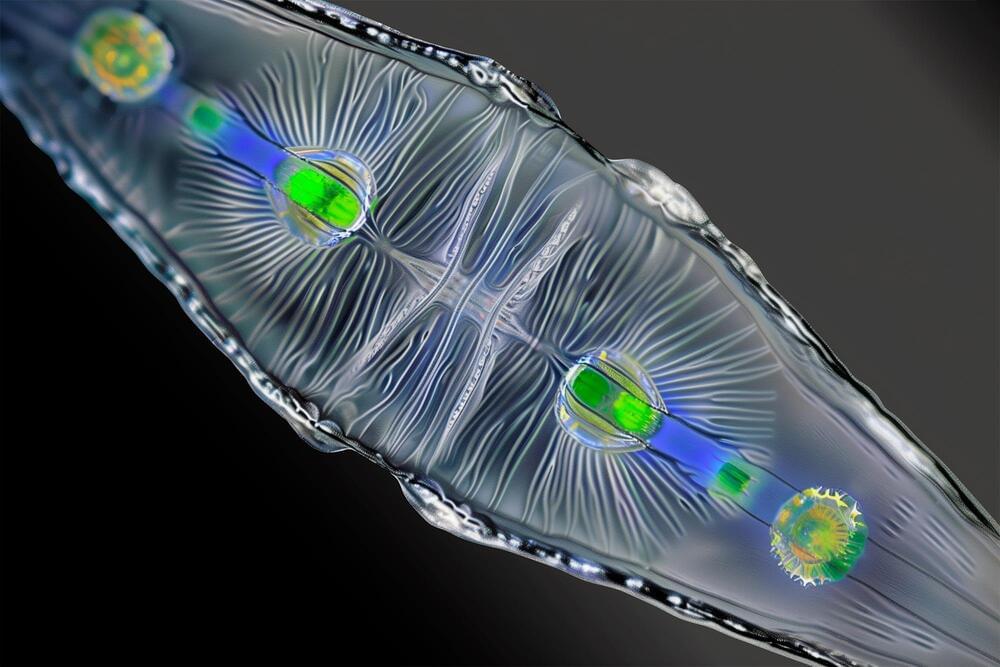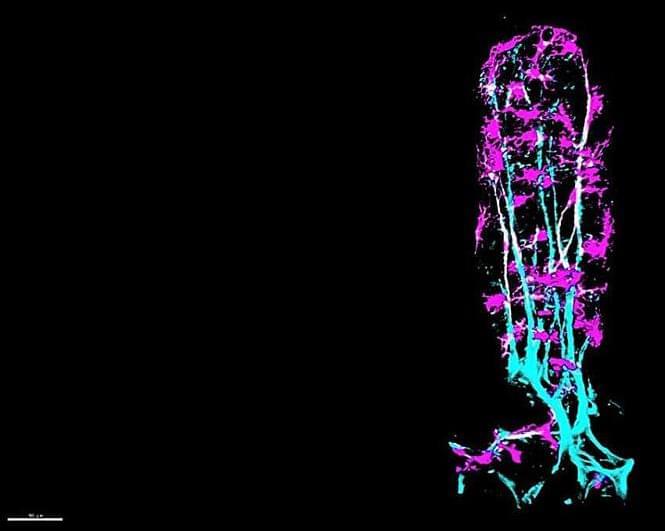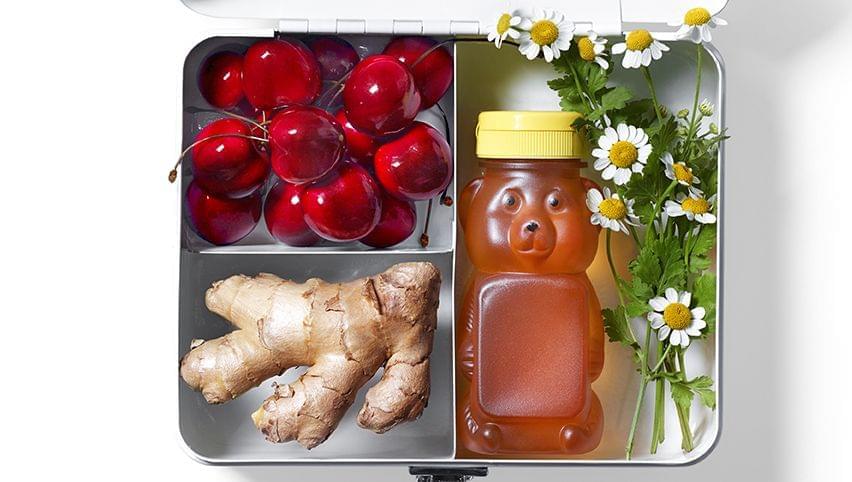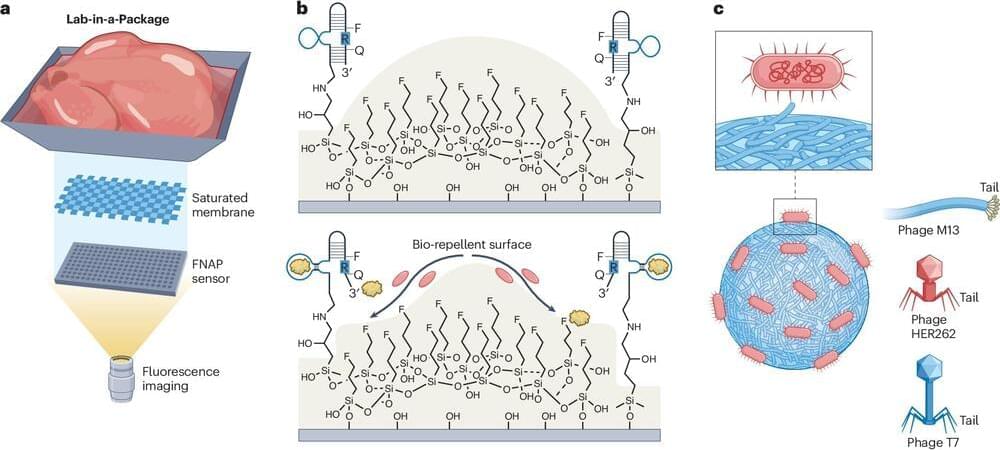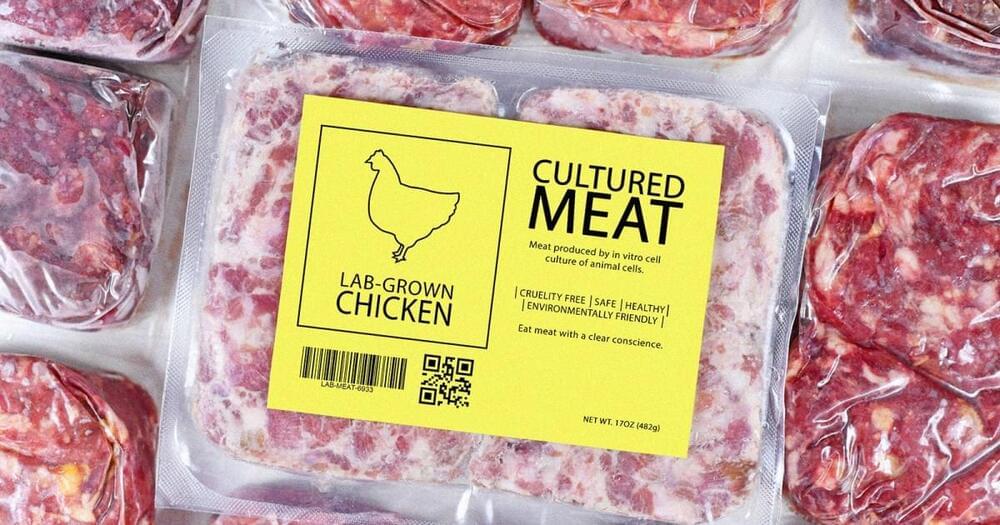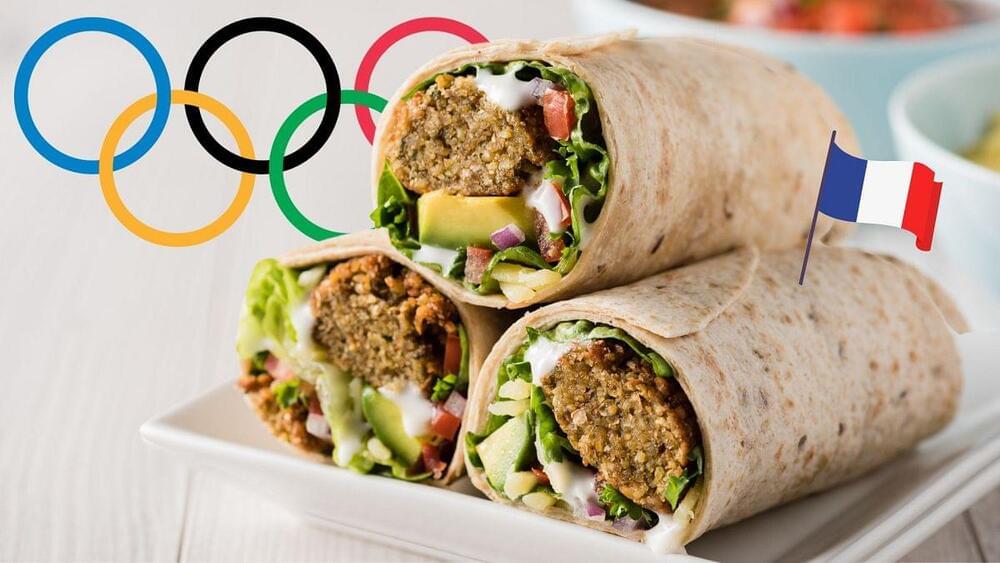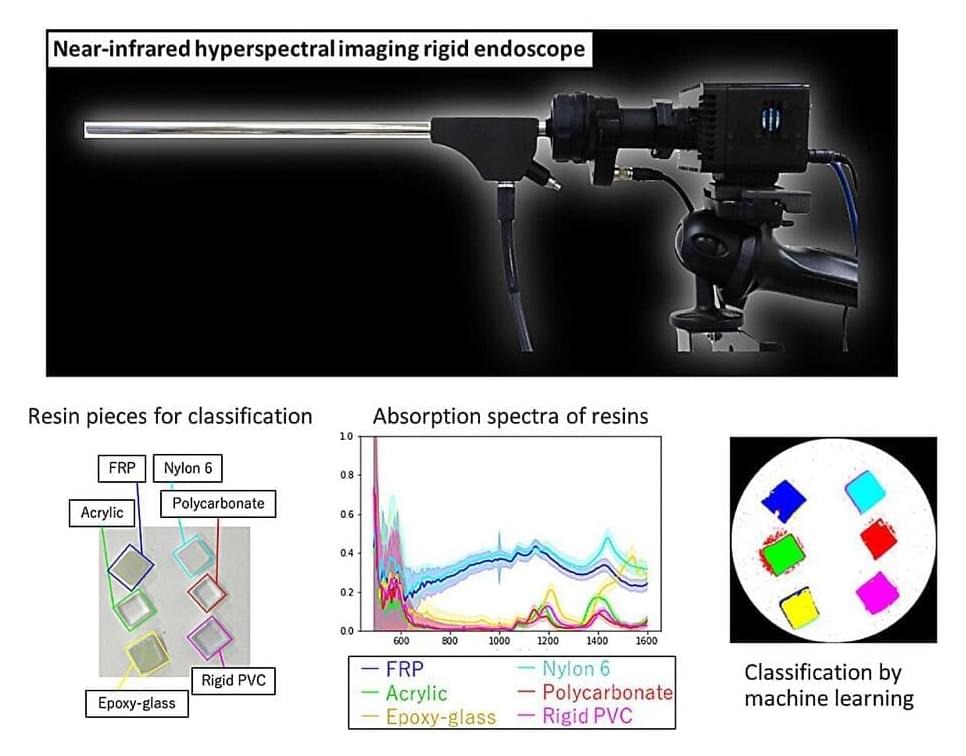May 10, 2024
Solving a Long-Standing Marine Mystery: New Insights Into Rhizobia-Diatom Symbiosis
Posted by Saúl Morales Rodriguéz in categories: biological, food
A groundbreaking study reveals that Rhizobia bacteria can fix nitrogen in partnership with marine diatoms, a discovery that could have significant implications for agriculture and marine ecosystems.
Nitrogen is an essential component of all living organisms. It is also the key element controlling the growth of crops on land, as well as the microscopic oceanic plants that produce half the oxygen on our planet.
Atmospheric nitrogen gas is by far the largest pool of nitrogen, but plants cannot transform it into a usable form. Instead, crop plants like soybeans, peas and alfalfa (collectively known as legumes) have acquired Rhizobial bacterial partners that “fix” atmospheric nitrogen into ammonium. This partnership makes legumes one of the most important sources of proteins in food production.
